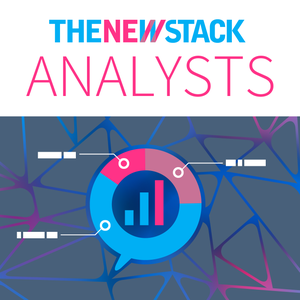Why IAM is a Pain Point in Kubernetes
Prisma Cloud from Palo Alto Networks sponsored this podcast.
Identity and access management (IAM) was previously relatively straightforward. Often delegated as a low-level management task to the local area network (LAN) or wide area network (WAN) admin, the process of setting permissions for tiered data access was definitely not one of the more challenging security-related duties. However, in today’s highly distributed and relatively complex computing environments, network and associated IAM are exponentially more complex. As application creation and deployment become more distributed, often among multicloud containerized environments, the resulting dependencies, as well as vulnerabilities, continue to proliferate as well, thus widening the scope of potential attack surfaces.
How to manage IAM in this context was the main topic of this episode of The New Stack Analysts podcast, as KubeCon + CloudNativeCon attendees joined TNS Founder and Publisher Alex Williams and guests live for the latest “Virtual Pancake & Podcast.” They discussed why IAM has become even more difficult to manage than in the past and offered their perspectives about potential solutions. They also showed how enjoying pancakes — or other variations of breakfast — can make IAM challenges more manageable.
The event featured Lin Sun, senior technical staff member and Master Inventor, Istio/IBM; Joab Jackson, managing editor, The New Stack and Nathaniel “Q” Quist, senior threat researcher (Public Cloud Security – Unit 42), Palo Alto Networks. Jackson noted how the evolution of IAM has not been conducive to handling the needs of present-day distributed computing. Previously, it was “not exactly a security thing” nor a “developer problem,” and wasn’t even “a security problem, he said.
“[IAM] really almost was a network problem: if a certain individual or a certain process wants to access another process or a resource online, then you have to have the permissions in place to meet all the policy requirements about who can ask for these particular resources,” Jackson said. “And this is an entirely new problem with distributed computing on a massive and widespread scale…it’s almost a mindset, number one, about who can figure out what to do and then how to go about doing it.”
18 December 2020, 7:19 pm
